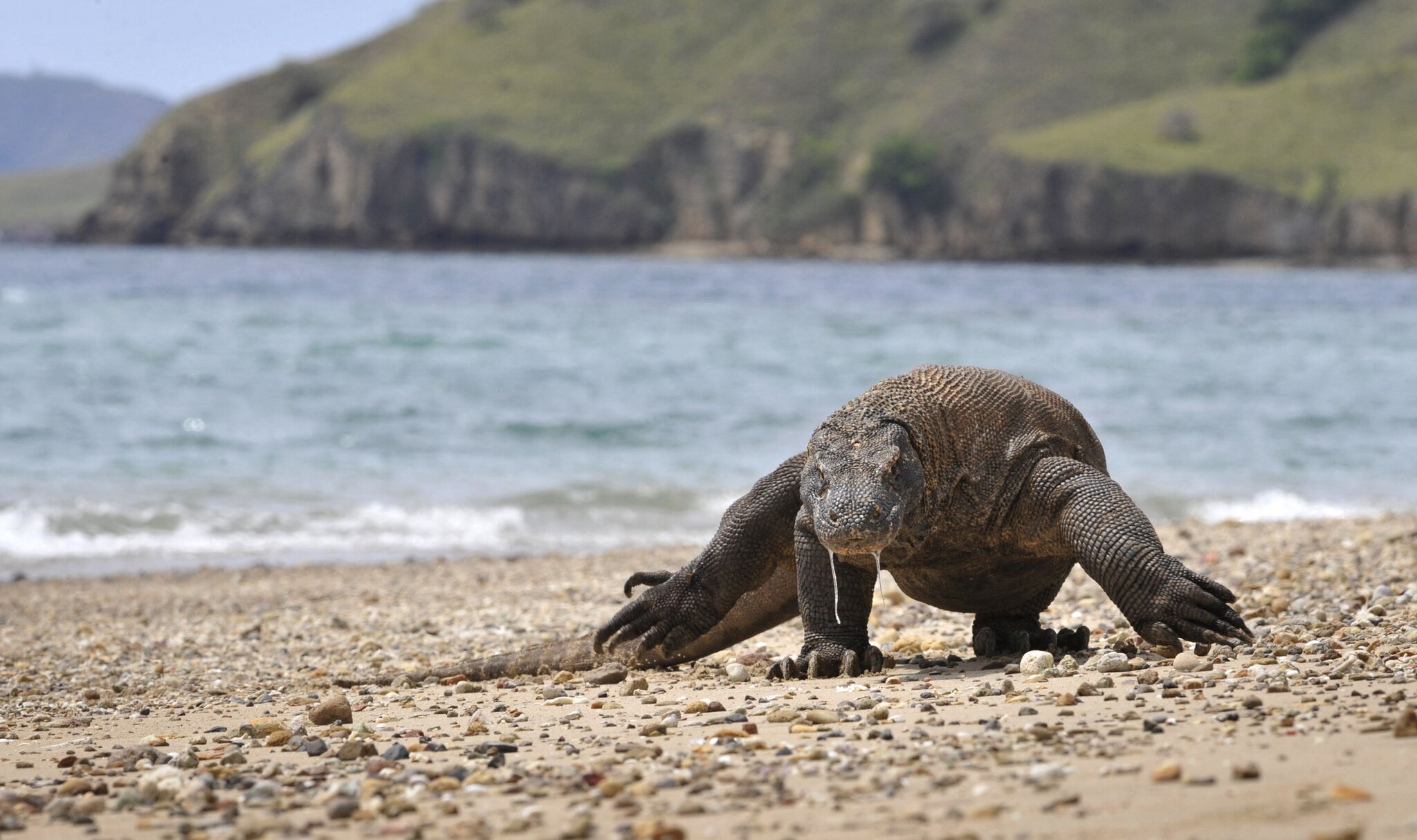The Komodo dragon has gained its reputation as a legendary reptilian creature.
The predatory lizard, which can grow up to 10 feet in length, is equipped with a forked tongue, serrated fangs, armoured scales, and venom-laced saliva to hunt down its prey. Although the dragons can smell flesh from kilometres away, they pursue a diverse range of prey that includes deer and wild boar as well as horses and water buffalo — as well as one another. Females have even been seen consuming their own pups.
As a consequence, the species has moved one step closer to extinction, but it still has to pass through two more stages – “Critically Endangered” and “Extinct in the Wild” – before we can officially declare it extinct in the wild.
The Komodo dragon has been added to the IUCN Red List for the first time in more than two decades, according to the organisation. Consider the findings of a study published last year in the scholarly journal Ecology and Evolution, which concluded that “urgent conservation measures are needed to minimise the danger of extinction.” Specifically, the researchers looked at how increasing temperatures could impact the natural habitat of Komodo dragons.
With the introduction of the new designation, international governments and conservation organisations will be encouraged to enhance and extend safeguards for the gigantic lizard in its native habitats. That may be particularly important in the case of a population of dragons that lives in unprotected regions and is thus more susceptible to activities such as unlawful hunting and habitat destruction.
While scientists believe that the Komodo dragon population in the national park is stable and well-protected, the species still confronts a number of challenges that may threaten its long-term existence. In particular, Komodo dragons are susceptible to environmental changes since they only occupy a small area of land between the islands’ coastlines and steep wooded hills.

